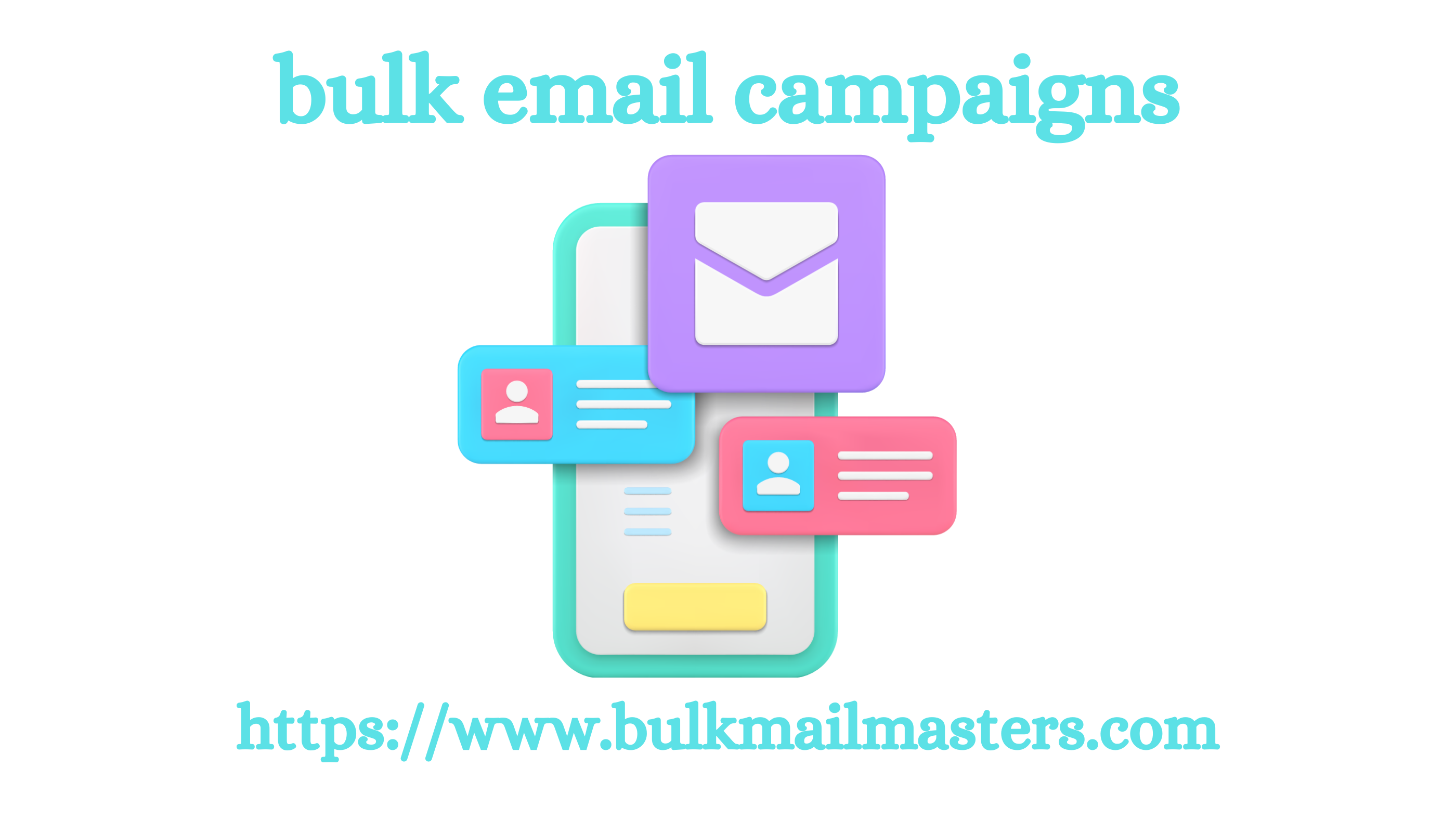Post by hasina789956 on Oct 29, 2024 9:21:24 GMT
Any good marketer you ask about the benefits of marketing automation will answer the same way: it's essential ! To implement an effective marketing strategy , you need to automate all the tasks that can be automated, such as repetitive or time-consuming tasks according to very specific scenarios: this is the role of marketing automation. The latter requires thinking in advance about your processes and your objectives for each of the campaigns carried out and your lead nurturing strategy among others. The publisher HubSpot , the world's leading SaaS software in the field, provides you with several powerful tools to automate your marketing actions in a single platform. In this article, we reveal the 3 essential steps to setting up your marketing automation using Hubspot . A clean and up-to-date CRM When you say Marketing automation, you necessarily say database and properties. And therefore CRM .
Indeed what would be the point of automating actions if you don't have a customer and prospect base to manage? Your contact base is one of your organization's assets, but you still need to know how to use it correctly. The first thing to do is to make sure that you have the completeness of the information you need . Your CRM data must of course be kept up to date and constantly enriched . Next, make sure that bulk email campaigns this data is consistent, and that it allows you to segment your contact base . Segmentation is the essential step to be able to offer your prospects and customers lead nurturing campaigns that are best suited to their situation , the phase they are in in their purchasing journey, and their current problem. Segmenting your CRM allows you to deliver personalized communications to your contacts, making you more likely to engage them and generate opportunities. Define your objectives then your strategy . Define the objectives to be achieved for each of the campaigns that you will carry out First of all, as is often the case, it is a question of defining the objectives.

Triggering a birthday email with a promo code or an automated SMS, OK, but for what purpose exactly? What is the goal of your marketing actions? Is it about increasing your notoriety? Do you want to engage more prospects? Do you need to better qualify inbound leads? What about improving your conversion rate from one phase to another? Or how about handling incoming leads with sales? Don't forget to deduce KPIs to monitor to measure the effectiveness of your actions. An interesting KPI to follow to measure your notoriety would be the number of subscribers to your blog for example. Similarly, engagement could be followed by the number of downloads of a resource etc. Or in e-commerce, the number of orders (volume) generated by sending the birthday email with the promo code, and the turnover achieved (value). 2.2. Which path for which persona? Once you have defined your goals and KPIs, you need to put yourself in the shoes of your ideal customer .
Indeed what would be the point of automating actions if you don't have a customer and prospect base to manage? Your contact base is one of your organization's assets, but you still need to know how to use it correctly. The first thing to do is to make sure that you have the completeness of the information you need . Your CRM data must of course be kept up to date and constantly enriched . Next, make sure that bulk email campaigns this data is consistent, and that it allows you to segment your contact base . Segmentation is the essential step to be able to offer your prospects and customers lead nurturing campaigns that are best suited to their situation , the phase they are in in their purchasing journey, and their current problem. Segmenting your CRM allows you to deliver personalized communications to your contacts, making you more likely to engage them and generate opportunities. Define your objectives then your strategy . Define the objectives to be achieved for each of the campaigns that you will carry out First of all, as is often the case, it is a question of defining the objectives.

Triggering a birthday email with a promo code or an automated SMS, OK, but for what purpose exactly? What is the goal of your marketing actions? Is it about increasing your notoriety? Do you want to engage more prospects? Do you need to better qualify inbound leads? What about improving your conversion rate from one phase to another? Or how about handling incoming leads with sales? Don't forget to deduce KPIs to monitor to measure the effectiveness of your actions. An interesting KPI to follow to measure your notoriety would be the number of subscribers to your blog for example. Similarly, engagement could be followed by the number of downloads of a resource etc. Or in e-commerce, the number of orders (volume) generated by sending the birthday email with the promo code, and the turnover achieved (value). 2.2. Which path for which persona? Once you have defined your goals and KPIs, you need to put yourself in the shoes of your ideal customer .
